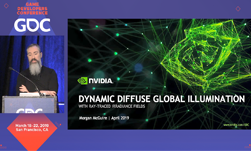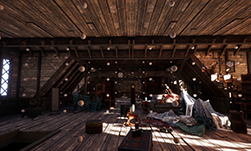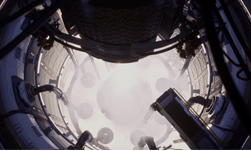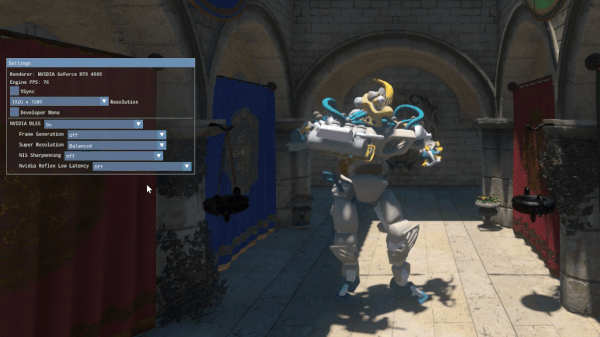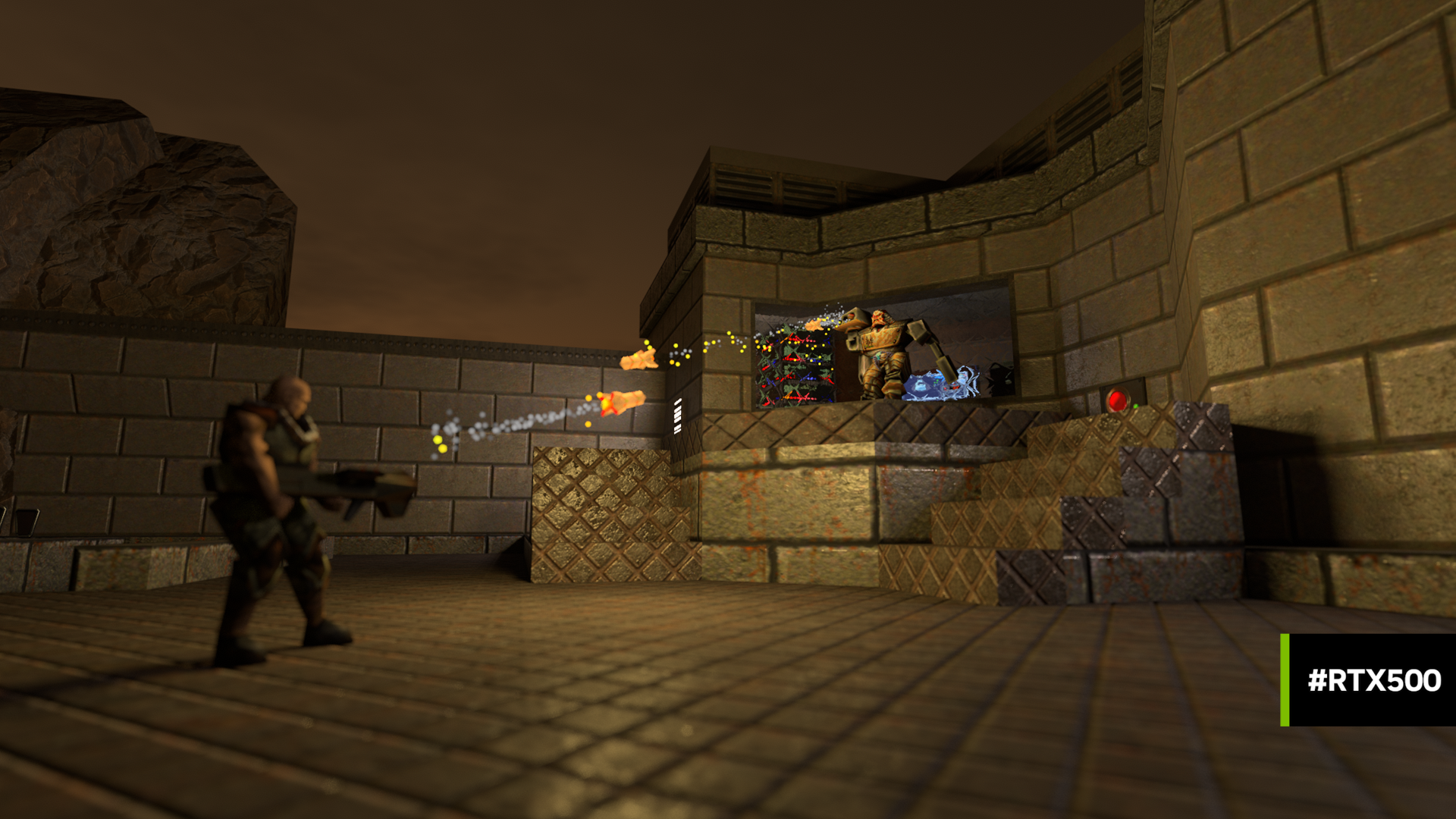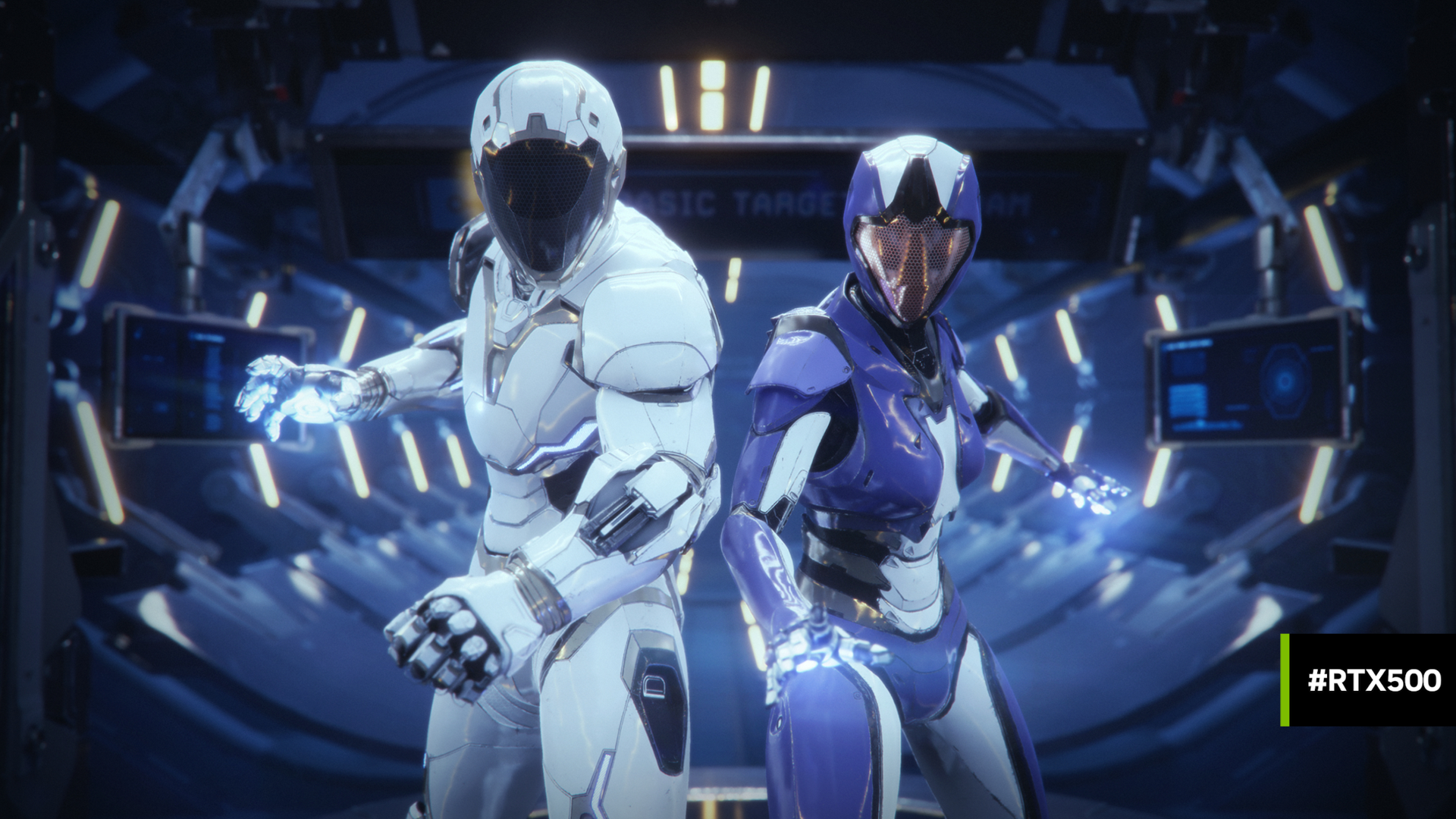With Ray-Traced Irradiance Fields
Global illumination light leaking is a persistent problem for artists in the game industry. Fixing this issue typically requires tasks such as creating manual clipping geometry, moving individual probes, or changing lightmap parameterizations. These are time consuming, limit lighting and geometry iteration time, and only work for static geometry.
The arrival of hardware accelerated ray tracing creates opportunities to solve this problem at runtime and improve game visuals, artist workflow, and allow dynamic geometry and lighting. NVIDIA has worked on several solutions for different styles of games and content. The newest one upgrades the irradiance light probes found in many engines by avoiding light leaks and accelerating ray traced updates.
“Every year at GDC or SIGGRAPH, somebody talks about the problems they’re having with light baking in production,” says Morgan McGuire, Distinguished Research Scientist at NVIDIA. “Sometimes light probes end up inside of a wall, or sometimes they end up on the wrong side of a wall. We can fix this with ray-traced irradiance fields.”
The video below is an 9:00 minute excerpt from Morgan McGuire’s GDC 2019 talk, “Dynamic Diffuse Global Illumination with Ray-Traced Irradiance Fields”. This is for an advanced engineering audience. It’s a good starting point for those who want to learn about working with encoding visibility, reading irradiance, and understanding probe packing.
The complete hour-long GDC talk shows how to combine glossy reflection ray tracing with diffuse ray-traced irradiance field probes, and presents real-time examples of ray-traced irradiance fields from NVIDIA Research. You can find the whole talk here. You must be a member of NVIDIA Developer Zone to watch it; sign-up is free, and takes less than one minute.
